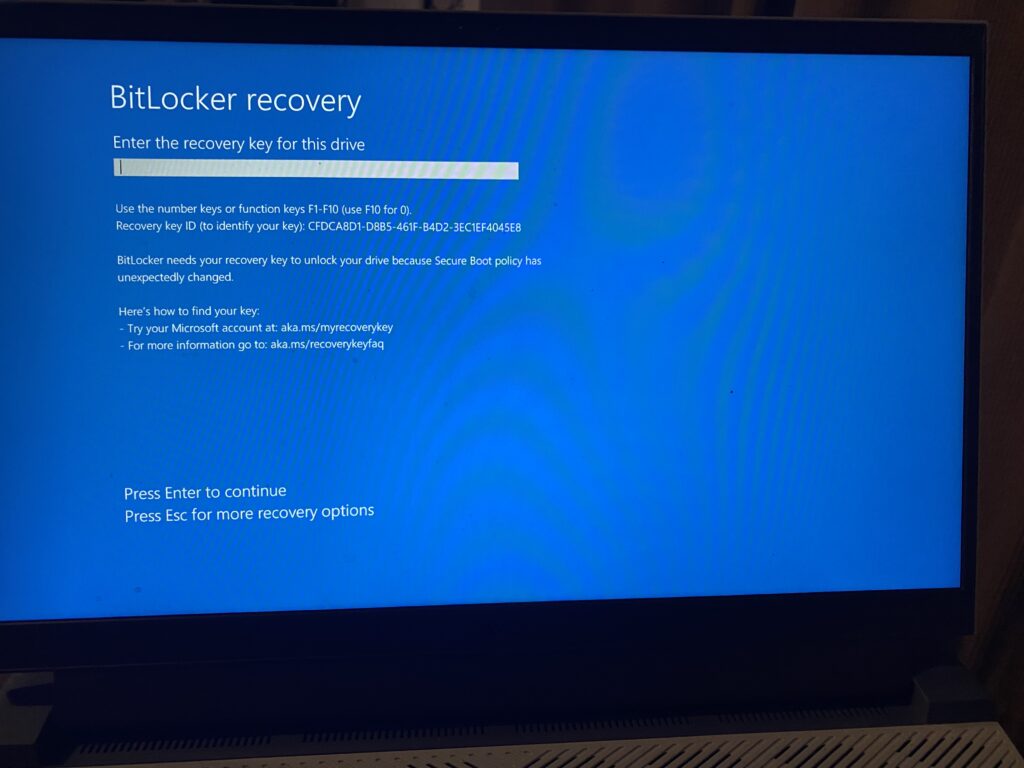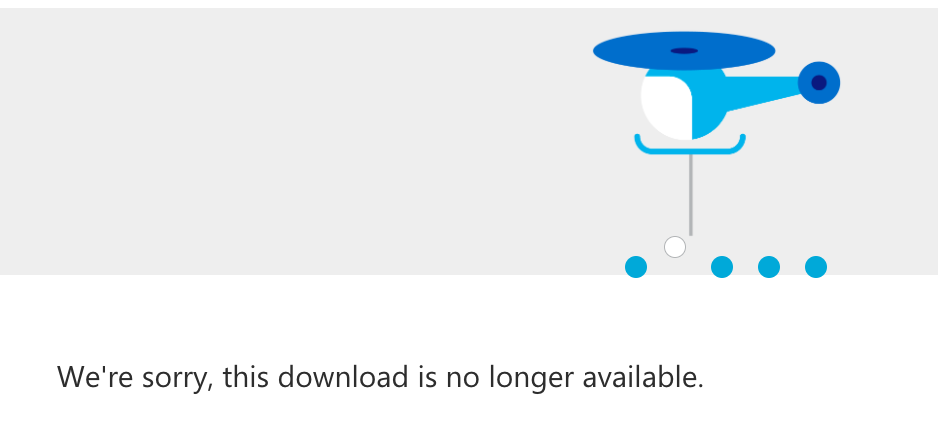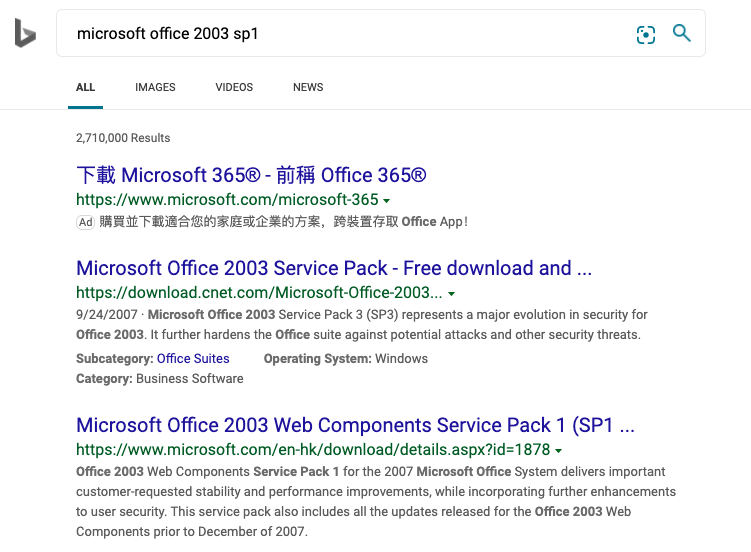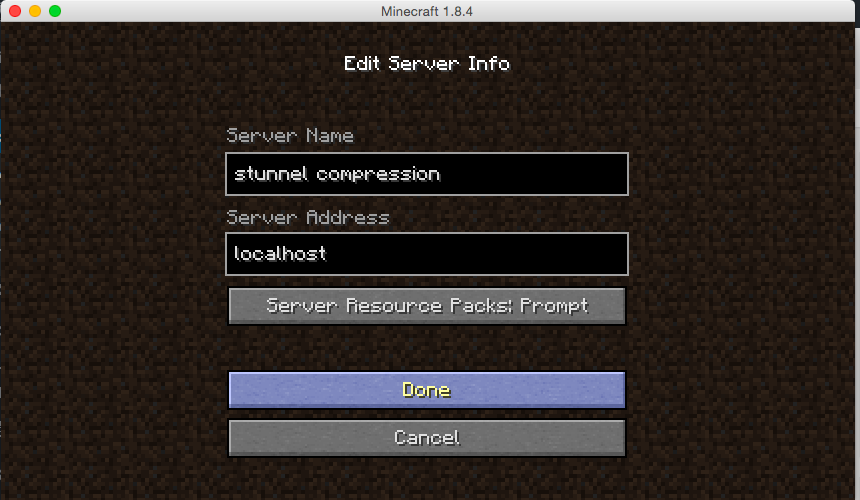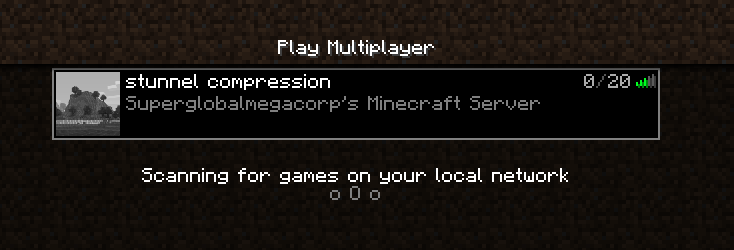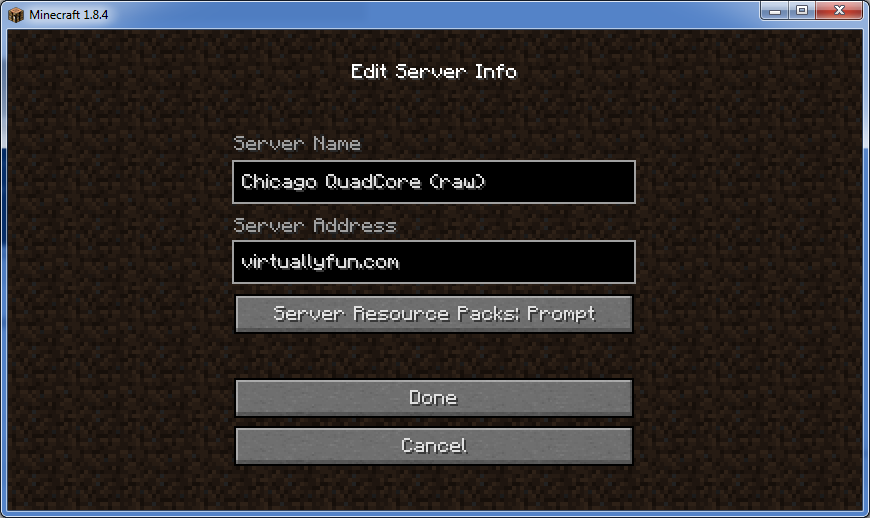It’s been 30 years since the initial launch of PGP! Hard to believe what a firestorm it ignited i the 1990’s and the real pity of how the crypto field is just as baffling and confusing to people today as it was back then.
It’s crazy how crypto went from being an obtuse tool, to suddenly being in the hands of normal people with a public web of trust, and widely available source. And of course it was that widely available source that led to the first real people of trying to geofence on the internet, and it was naturally impossible to contain, even in the era before VPN’s people were able to circumvent any and all “protections” and download away. Strong cryptography went from being something considered ‘weapons grade’ and thusly requiring a munitions license to produce and distribute to suddenly being available to the world at large.
Investigations were launched, agencies contacted, and in spite of it all people had signing parities to exchange public keys, and sign the trust building the web. Try as some people may have demanded ‘back door access’ or black box crypto chips, the cat was out of the bag, and all you needed was a C compiler and a zip file small enough to easily fit on a low density 5 1/4″ diskette. It is 1991 after all, and there is still a sizable amount of XT/AT class machines out there, along with the 68000 Amiga/Atari/Macintosh (upgraded QL’s? 128kb really isn’t enough).
PGP 1.0 is from another era, originally written in the late 80’s cleaned up and released in 1991 where mass produced 64bit machines were still a bit off, and thusly PGP 1.0 really supports 16bit & 32bit OS’s. For the purpose of this ‘revival’ I went with the Unix port, the aptly named unix_pgp10.tar.gz. And from the MS-DOS version I extracted the test data to make sure it works in the file pgp10-test-data.tar.gz
$ file pgp
pgp: ELF 64-bit LSB pie executable, x86-64, version 1 (SYSV), dynamically linked, interpreter /lib64/ld-linux-x86-64.so.2, for GNU/Linux 3.2.0, BuildID[sha1]=cd9ecbf51fab24abbb7153a2cc04bb01bbf2ae91, not stripped
$ ./pgp testfile.ctx
Pretty Good Privacy 1.0 - RSA public key cryptography for the masses.
(c) Copyright 1990 Philip Zimmermann, Phil's Pretty Good Software. 5 Jun 91
File is encrypted. Secret key is required to read it.
Key for user ID: Bond, James (007)
288-bit key, Key ID A27A1F, created Sat Oct 19 23:56:24 3006391
You need a pass phrase to unlock your RSA secret key.
Enter pass phrase:
While it was simple enough to build, sadly on x64 WSL instance it doesn’t work. There is no pass phrase for the test data.
Normally I have one of usual two choices a) try to fix PGP to be 64bit friendly or b) run it under a 32bit environment. Normally I would do b, but I went digging into some porting strategies for the a choice and ran into this totally underused tech x32.
Long story short you keep your 32bit integers, you run like it’s a 32bit process but you are mapped into a 64bit address space. Even better -static works!
On Debian 10 the environment can be installed with the following:
apt-get install gcc-7 lib32gcc-7-dev libgcc-7-dev libx32gcc-7-dev gcc-7-multilib
Then to invoke it, use gcc-7 -mx32 . It’s that easy.
WSLv1 vs WSLv2
$ ./pgp
-bash: ./pgp: cannot execute binary file: Exec format error
$ file pgp
pgp: ELF 32-bit LSB executable, x86-64, version 1 (GNU/Linux), statically linked, BuildID[sha1]=2aa5f030603018ca1dc6c5c10aa979751b006aca, for GNU/Linux 3.4.0, not stripped
Notice it is now a 32-bit LSB executable, but also in the x86-64 address space! However under the WSLv1 environment it won’t work. Time to update to v2
wsl --set-version Ubuntu-20.04 2
Conversion in progress, this may take a few minutes…
For information on key differences with WSL 2 please visit https://aka.ms/wsl2
WSL 2 requires an update to its kernel component. For information please visit https://aka.ms/wsl2kernel
And now with the instance converted:
$ ./pgp
Pretty Good Privacy 1.0 - RSA public key cryptography for the masses.
(c) Copyright 1990 Philip Zimmermann, Phil's Pretty Good Software. 5 Jun 91
For details on free licensing and distribution, see the PGP User's Guide.
For other cryptography products and custom development services, contact:
Philip Zimmermann, 3021 11th St, Boulder CO 80304 USA, phone (303)444-4541
Usage summary:
To encrypt a plaintext file with recipent's public key, type:
pgp -e textfile her_userid (produces textfile.ctx)
To sign a plaintext file with your secret key, type:
pgp -s textfile your_userid (produces textfile.ctx)
To sign a plaintext file with your secret key, and then encrypt it
with recipent's public key, producing a .ctx file:
pgp -es textfile her_userid your_userid
To encrypt with conventional encryption only: pgp -c textfile
To decrypt or check a signature for a ciphertext (.ctx) file:
pgp ciphertextfile [plaintextfile]
To generate your own unique public/secret key pair, type: pgp -k
To add a public or secret key file's contents to your public
or secret key ring: pgp -a keyfile [keyring]
To remove a key from your public key ring: pgp -r userid [keyring]
To view the contents of your public key ring: pgp -v [userid] [keyring]
$
And we are in business! Now we can run the example crypto test:
$ ./pgp testfile.ctx
Pretty Good Privacy 1.0 - RSA public key cryptography for the masses.
(c) Copyright 1990 Philip Zimmermann, Phil's Pretty Good Software. 5 Jun 91
File is encrypted. Secret key is required to read it.
Key for user ID: Bond, James (007)
286-bit key, Key ID A27A1F, created (null)
Advisory warning: This RSA secret key is not protected by a passphrase.
Just a moment-- .
File has signature. Public key is required to check signature. .
Good signature from user "Smart, Maxwell (86)".
Signature made Thu Jun 6 05:28:52 1991
Plaintext filename: testfile
And there we are!
PGP 1.0 suffers from 2 real defects of the era the first being the home brew bassomatic that is apparently full of all kinds of flaws, and the second lurking in rsalib.c
The RSA public key cryptosystem is patented by the Massachusetts Institute of Technology (U.S. patent #4,405,829). Public Key Partners (PKP) holds the exclusive commercial license to sell and sub-license the RSA public key cryptosystem. The author of this software implementation of the RSA algorithm is providing this implementation for educational use only. Licensing this algorithm from PKP is the responsibility of you, the user, not Philip Zimmermann, the author of this implementation. The author assumes no liability for any breach of patent law resulting from the unlicensed use of this software by the user. These routines implement all of the multiprecision arithmetic necessary for Rivest-Shamir-Adleman (RSA) public key cryptography.
And it ignited so much of a war about licensing the RSA cryptography base. It wasn’t until 1992/1993 that the RSA released their own aptly named rsaref that at least clarified and addressed their licensing restrictions. As we found out later it wasn’t the DOJ shutting down encryption, nor wild acts of congress instead it was US Patent 4,405,829 which finally expired in Sept 21, 2000, along with US patent 4,200,770 Hellman Diffie Merkle, public-key cryptography which expired in September of 1997. So in the end it was the lawyers who were to be feared, not the the US Government.
Another source of annoyance was the public/private key files are stored in a binary format (hence the 16/32/64 issues I’m sure!).
C:\temp>pgp -v jason.pub
Pretty Good Privacy 1.0 - RSA public key cryptography for the masses.
(c) Copyright 1990 Philip Zimmermann, Phil's Pretty Good Software. 5 Jun 91
Key ring: 'jason.pub'
Type bits/keyID Date User ID
pub 990/F7CAD5 12-Jun-21 Jason Stevens
1 key(s) examined.
C:\temp>type jason.pub
°ü½╟╓iº½t↕Hï╜Æ(↑ªα&E☼lKL$*⌠=└¥╒[׊s,â•”kÃ¥r~â–MFBv≥≡╫Eâ”´â•ŸTÿ║µó ╨6,♣â—„Ermo▼æ▄;± ùî
C:\temp>
So naturally you have to use uuencode which led to MIME collisions and other fun stuff down the road. yay!
begin 666 jason.pub
MF9,`$!C$8`U*87-O;B!3=&5V96YSW@/5RO>TFV)_9@%49RW3NYGD<8*H`3X1
MZ>D'/F/D7$)OKD9&K+>A<@4<,$RV.+M?9VR;17)M;Q^1W#OQ()>,#?B!J\?6
M::>K=!)(B[V2*!BFX"9%#VQ+3"0J]#W`!YW56]>*<RS):X9R?MY-1D)V\O#7
/1<''5)BZYJ+_T#8L!0`1
`
end
Even though today we have widespread SSL, and all kinds of apps that encrypt by default, but Operation Trojan Shield shows that that an app is simply not enough, and you cannot trust anything.
Though Enigma had some cryptographic weaknesses, in practice it was German procedural flaws, operator mistakes, failure to systematically introduce changes in encipherment procedures, and Allied capture of key tables and hardware that, during the war, enabled Allied cryptologists to succeed and “turned the tide” in the Allies’ favour.[15][16]
-Wikipedia
And just like the spy movies good crypto is tedious, bulky and rarely used properly*.
Yes please don’t seriously rely on pgp 1.0!
